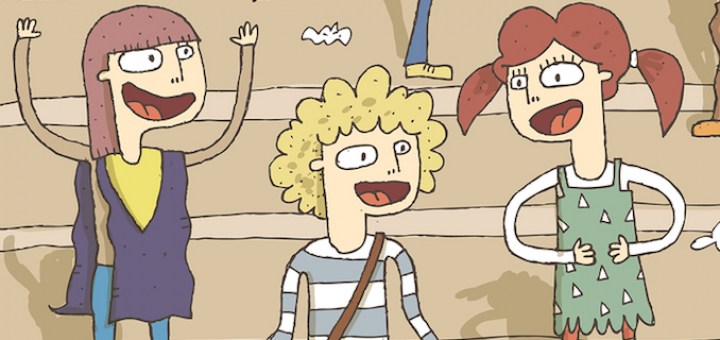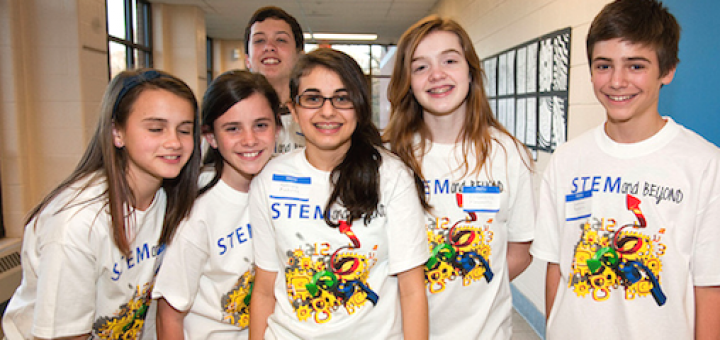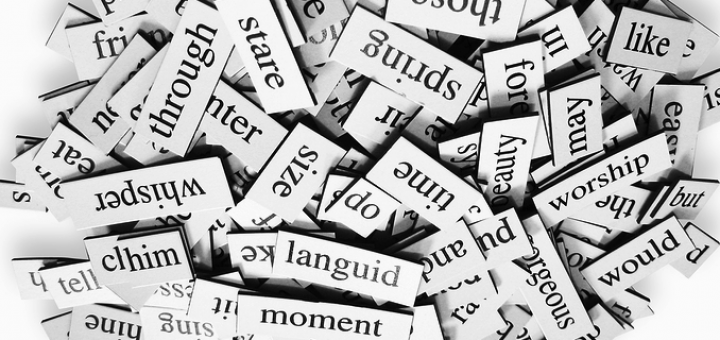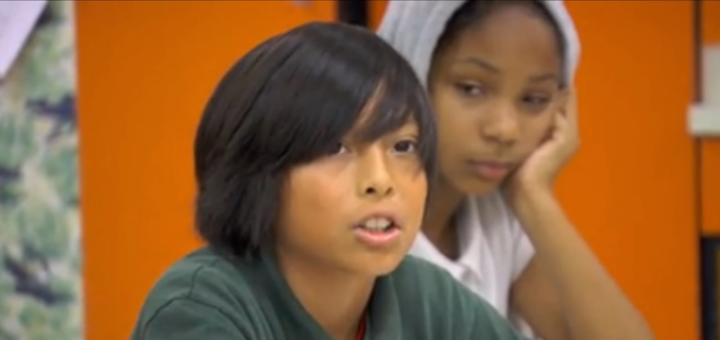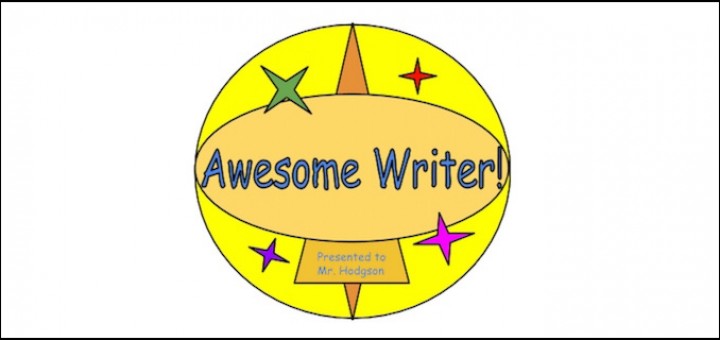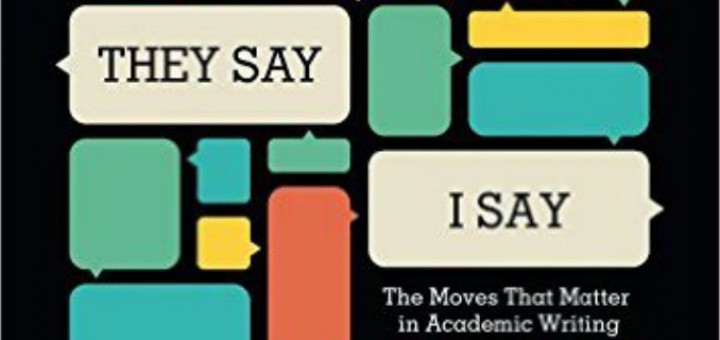Teaching and learning in grades 4-8
Students experience deep, joyful learning in classrooms where there is an ongoing cycle of responsive teaching, says literacy expert Regie Routman. The ultimate goal is to grow passionate learners who self-monitor, self-direct, and set their own worthwhile goals.
Sarah Tantillo is back with 12 techniques that mid-grades teachers across the curriculum can use to help their students develop the habits of speaking and listening that most contribute to learning. One idea: “Treat students as sleuths out to solve a mystery.”
As school begins this year, quite a few educators face a new and potentially daunting assignment: Teach STEM. Expert Anne Jolly is here with help – six essential tips that can help “sudden” STEM educators survive a challenging start and achieve success.
Social studies classes are digging into primary sources, learning how to use historians’ methods. Toni Blackwell Rhodes offers medieval and ancient graffiti as an engaging primary source idea in her new book. MS teacher-reviewer Joanne Bell plans to apply the methods to other historical eras.
A multitude of authentic classroom examples and strategies make “Vocabularians” a must-have book, says ELA teacher and word nerd Amber Chandler. Author Brenda Overturf also provides realistic ways to bring schoolwide vocabulary immersion to the middle grades.
New school leaders will find 15 keys to growing into their positions in Brad Johnson and Julie Sessions’ new book from Routledge/Eye on Education. With tips from current leaders, the book covers leadership style, strengths, wisdom, communication, resilience, responses in crisis, and more.
Of all the ways educators can improve learning in their classrooms, “the Number 1 way is to strengthen students’ speaking and listening skills and habits,” writes teaching coach and literacy expert Sarah Tantillo. Oral fluency deepens understanding dramatically.
Mary Tarashuk is packing for her trip back to Room 106 and her new class of fourth graders. She shares her pre-flight checklist and her new student-centered theme for the year: “In Class 4-T We DO Learning.” Along the way she includes middle grades resources.
When Kevin Hodgson finds a student’s thank-you gift in his school email, he writes her a belated letter, affirming his conviction that teachers should always write with students and his belief that “Rebecca” will realize her dream to become a published author.
Knowing how to respond to counterclaims while developing their own claims in argumentative writing helps students in school and beyond. Educators Leslie Skantz-Hodgson and Jamilla Jones report on their summer studying “They Say/I Say” with teacher colleagues.


